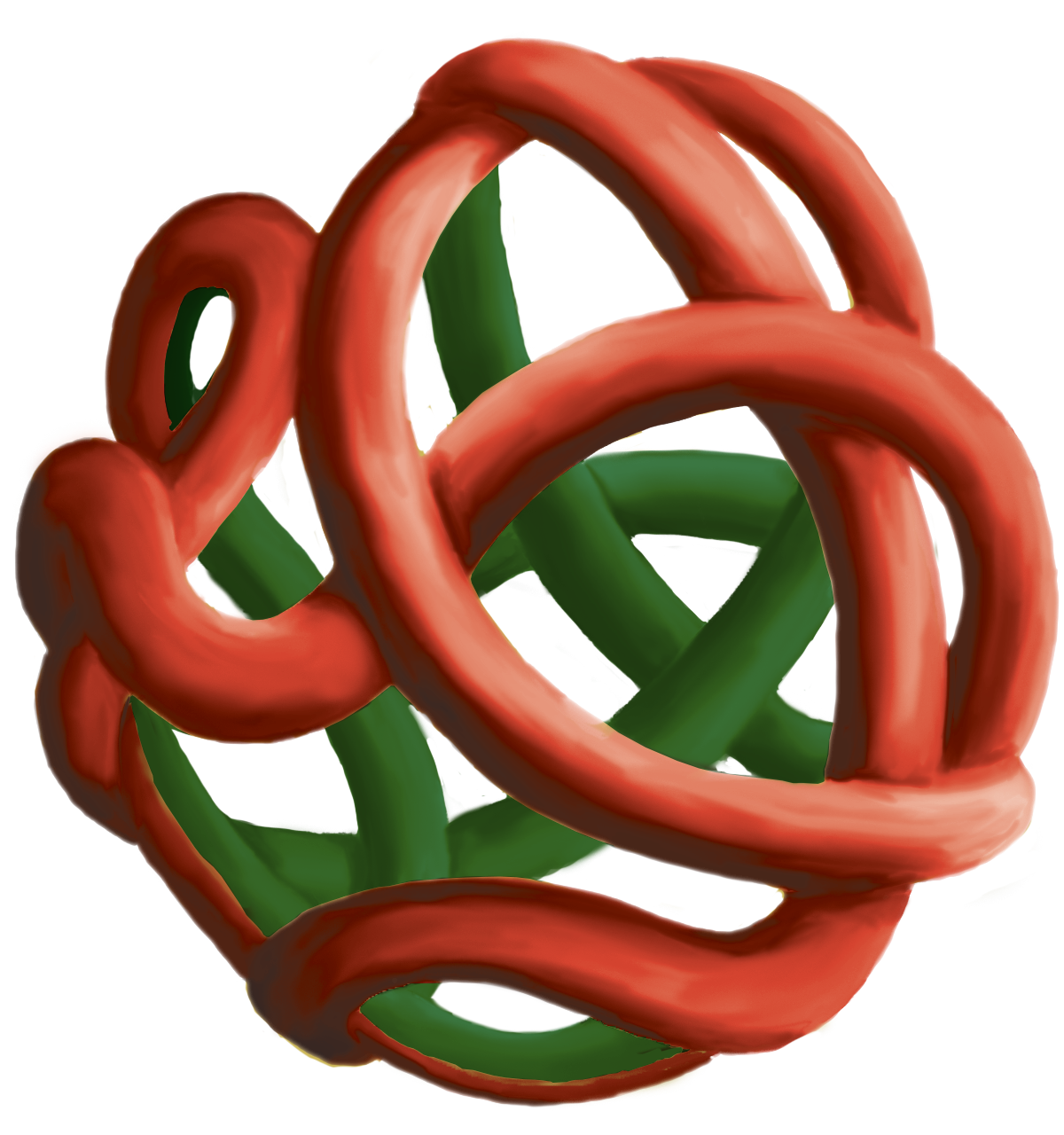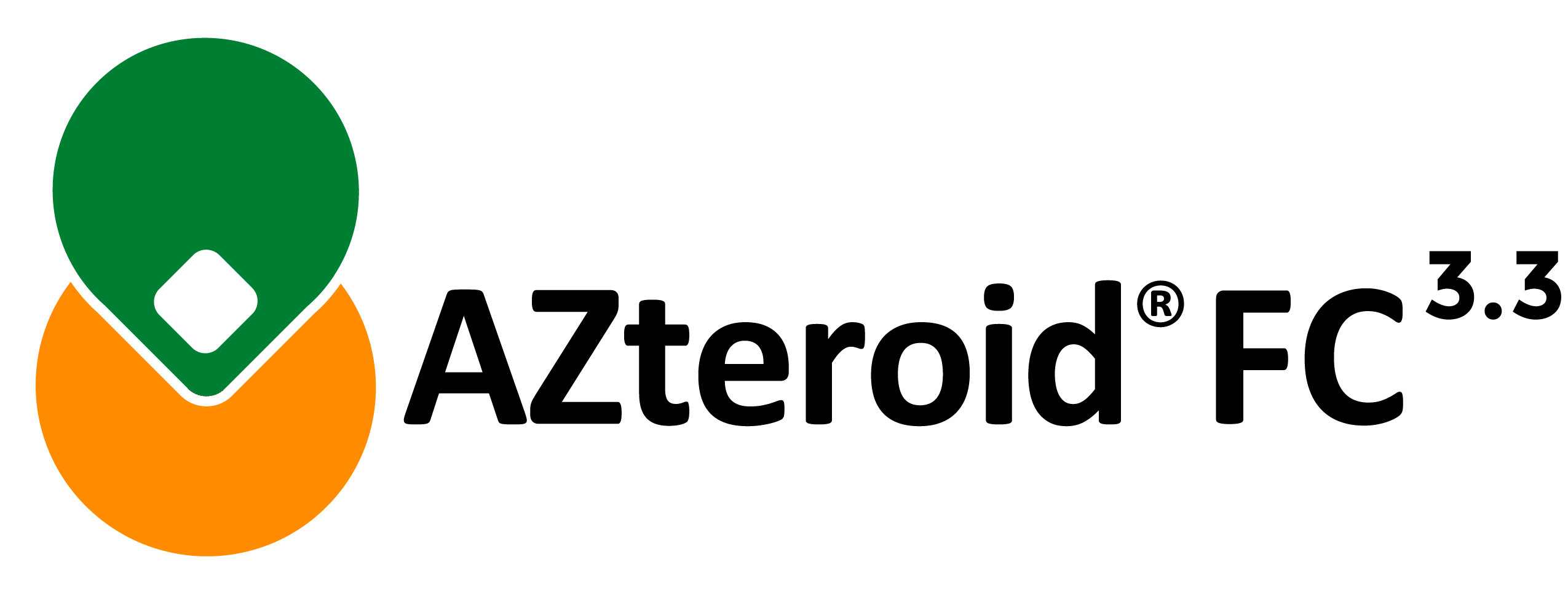Darren Anderson talks about chemistries like a seasoned hunter might talk about his pack of hounds: Each one has a different personality, likes its bed made a certain way, has a unique voice. He knows that in order for those chemistries to function at their fullest capacity in an agricultural setting, it’s vital to understand each one’s little nuances and idiosyncrasies, and to be able to read their relationships with each other.
Anderson is the co-founder and president of Vive Crop Protection, a company (founded in 2006, with its first products available commercially in the 2017 growing season) that hopes to revolutionize the way chemical inputs are applied and taken up by plants. But it’s not simply in creating new chemistries that Vive expects to make its impact. No, Vive expects smaller means—much smaller—will get the job done.
“Most current estimates say it takes around $300 million and 12 or 13 years to get a brand new chemistry to market,” says Anderson. “Those are huge numbers, and it’s a major reason there often aren’t enough new tools to help today’s farmers deal with the challenges they face on their farms.”
Instead of focusing on developing new chemical solutions, Vive has developed nanotechnology—working with particles 10 million times smaller than a person—to enhance existing chemistries. The idea is that when a grower applies a crop protection chemical to a field, he wants it to go straight to the problem without mucking things up where it isn’t needed. Vive’s Allosperse delivery system utilizes polymer “shuttles” to carry those crops where they’re aimed. Each shuttle is adjusted to maximize compatibility with various active ingredients, and can control how and when a chemical mixes in the tank and how it interacts with the plant and soil after application.
 Anderson compares the technology to a person getting onto an airplane: “You and I can’t fly,” he says, “but step on a plane, and suddenly you can fly. A certain pesticide may not stick well to a leaf surface, or mix well with a fertilizer, or get down into the soil. But if we stick it in the right shuttle, now it can.”
Anderson compares the technology to a person getting onto an airplane: “You and I can’t fly,” he says, “but step on a plane, and suddenly you can fly. A certain pesticide may not stick well to a leaf surface, or mix well with a fertilizer, or get down into the soil. But if we stick it in the right shuttle, now it can.”
“The idea is actually quite simple,” says Vive vice president of sales and marketing Tony Zatylny. “The magic is in building that shuttle to reflect what we want the chemistry to do.”
Perhaps the real genius behind Vive’s nanotechnology is that it allows ingredients that otherwise may not be compatible to be mixed in and applied from the same tank. With chemistries attracted to and contained in their own respective shuttles, growers and applicators have greatly increased freedom to combine several active ingredients and modes of action into a single solution, without having to worry about settling or coagulation.
The first products from Vive’s FC platform were released a couple years ago: azoxystrobin and bifenthrin soil treatments. Once those proved successful, it was a relatively simple step to apply the technology to other chemistries like imidacloprid and metalaxyl.
“Once that form is translatable to other active ingredients, it’s pretty easy for us to identify the chemical properties that are suitable for our polymer,” says Vive biologist Gary Poon.
Vive works closely with growers across the country, particularly potato and sugarbeet growers.
“We’re building a package of tools for growers of root and tuber crops to address all their soil pests,” says Poon. “Our AZteroid FC product provides great control of Rhzoctonia in sugarbeets, and for black dot, black scurf and silver scurf in potato.
“With just one molecule, we’re able to get some drastically different effects,” he continues. “Whether you’re looking for a foliar application, in-furrow or a seed treatment, we can optimize existing products so they do things they won’t do on their own.”
“Our approach,” says Zatylny, “is to start at the farm gate and go back to the lab. Rather than having all our research guys in the lab dreaming up solutions to problems that may or may not exist, we can get actual solutions more effectively by starting at the farm.”
That’s good news for a grower community hungry for ways to feed the world more efficiently and effectively.
“Everything we do,” says Anderson, “is all about rapid innovation to get new, productive tools in the hands of growers.”

